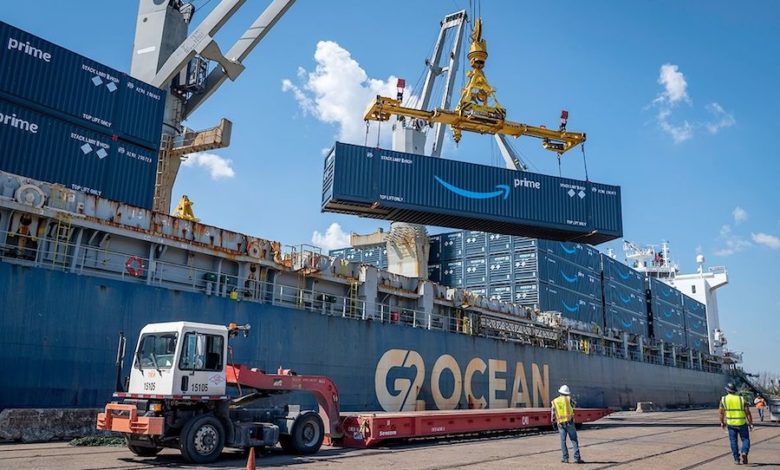US questions Chinese dominance in container manufacturing

Carl Bentzel, a commissioner at the Federal Maritime Commission in Washington DC, has published a 28-page report following his year-long investigation into the stranglehold Chinese companies have in the manufacturing of containers and intermodal chassis, with a plea that the Joe Biden administration take action.
The report draws attention to China’s market control in global container manufacturing with Bentzel saying he wanted to create awareness of potential market manipulation that has added to supply chain disruptions. According to the study, the three largest Chinese manufacturers control over 86% of the world’s supply of intermodal chassis, and those same companies manufacture over 95% of containers in the world’s market, including US domestic train and truck intermodal containers.
As a country our maritime equipment and industry is increasingly dependent on China
“This report is important in what it represents – that as a country our maritime equipment and industry is increasingly dependent on China. The pandemic has illustrated how interdependent our supply chain and economy is with our global partners. We need to closely evaluate our partnerships,” said Bentzel.
The report, Bentzel said, was designed to generate debate among policymakers about what the longer-term consequences are to the United States and other nations of relying completely on Chinese manufacturers as the source for containers and chassis.
When demand for ocean containers increased, Bentzel argued Chinese-based intermodal equipment manufacturers were slow in ramping up production, raising the question, he argued, of whether this was part of a deliberate strategy to manipulate prices.
The Department of Commerce in Washington DC has determined that Chinese container and chassis manufacturers are state-owned and controlled and are the recipients of large government subsidies.
“[T]he issue of Chinese state control of manufacture of containers and chassis issue needs much closer review,” a release accompanying the report stated.
Recently Vietnam has stepped up plans to boost container manufacturing as an alternative to China, with a number of factories set to open this year, albeit still only able to supply a tiny percentage compared to Chinese output.

Very fair point, i do wonder why they are waking up to this now though. China has had this position for well over a decade?
A decade? It’s been a lot longer than that- two decades or more!
This report plus the item on shipbuilding being concentrated in a limited number of countries must surely set the alarm bells ringing. The stampede out of heavy engineering and manufacturing in Europe & North America effectively gifted the opportunity to industrialise rapidly and effectively control key parts of the economy. Importing gas from autocratic regimes is another example of short term “market knows all” positioning with little thought for the long term security of supply position.
Some strategic investment in ship building and container manufacture might be called for in Europe and North America.
China has dominated container manufacturing for twenty or thirty years. One by one, various European and other (Indian, Korean, American, Turkish, Japanese, Indonesian- even Chilean) manufacturers and companies have disappeared.
For many years, the Chinese companies were bidding against each other in a free global market so no-one batted an eyelid. Indeed, for several years (e.g. 2006/7), containers were being offered below cost and there was still no demand.
It is only since the recent shortage of boxes brought on by the Covid / supply chain / congestion issues that prices of containers have crept up in the same way as energy. commodities and ocean freight rates that the authorities have woken up to the concentration of manufacturing in China (again, like so many other things).
Why are all containers Made in China? Because they are cheaper there, because they are a basic construction technology and because the large flows of exports provide a first cargo for the new equipment.
Can a 28-page ‘Johnny-come-lately’ report change those factors? I think most people in the container business already know the answer to that one.